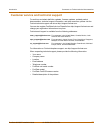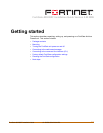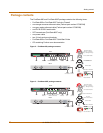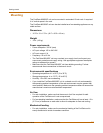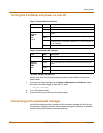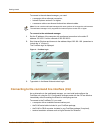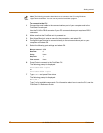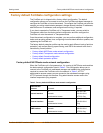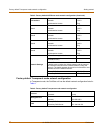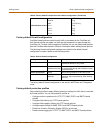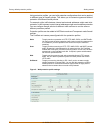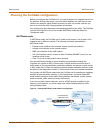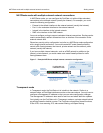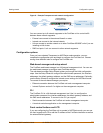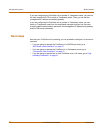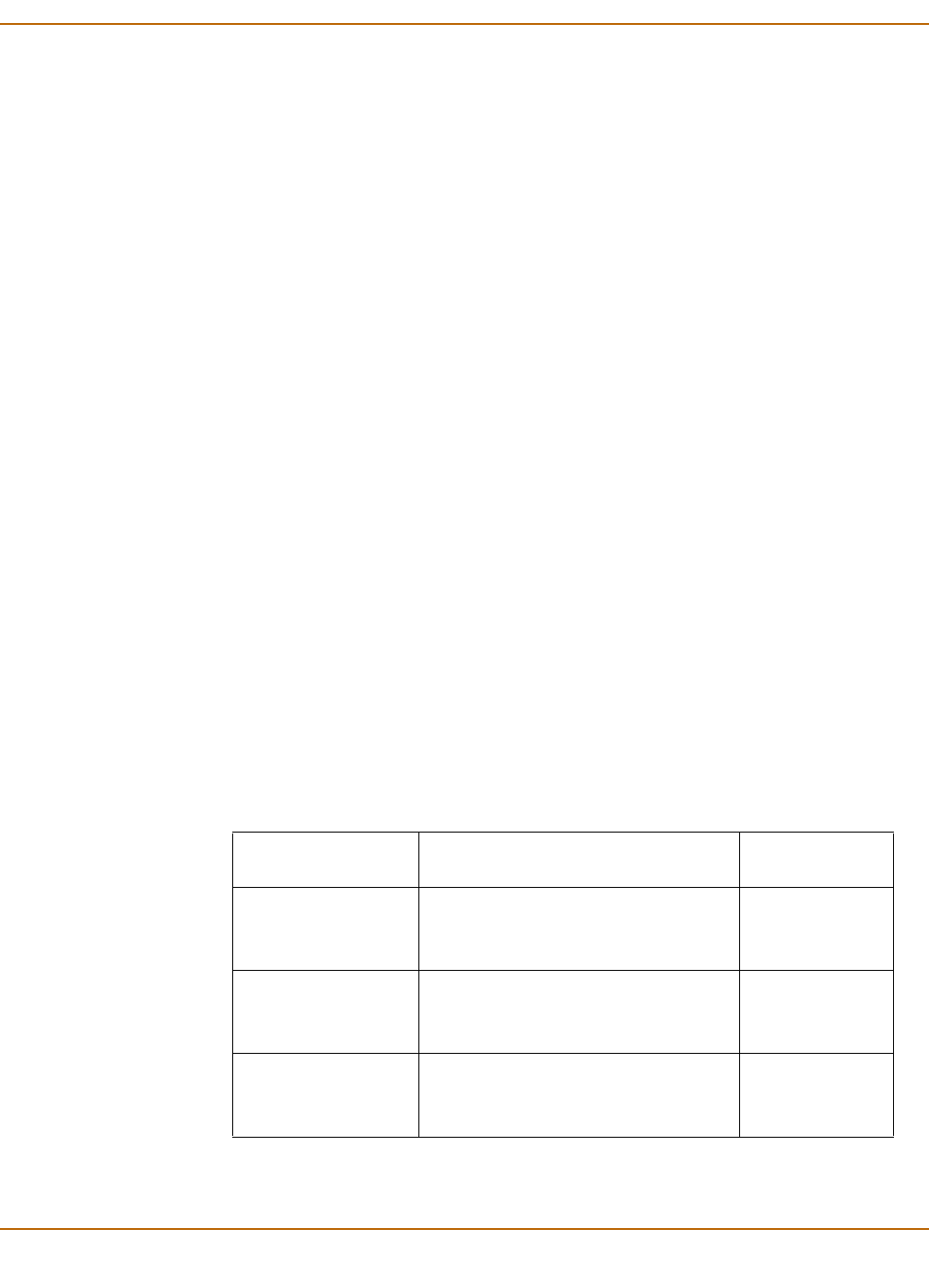
Getting started Factory default NAT/Route mode network configuration
FortiGate-800/800F Installation Guide 01-28006-0024-20041026 19
Factory default FortiGate configuration settings
The FortiGate unit is shipped with a factory default configuration. The default
configuration allows you to connect to and use the FortiGate web-based manager to
configure the FortiGate unit onto the network. To configure the FortiGate unit onto the
network you add an administrator password, change network interface IP addresses,
add DNS server IP addresses, and configure basic routing, if required.
If you plan to operate the FortiGate unit in Transparent mode, you can switch to
Transparent mode from the factory default configuration and then configure the
FortiGate unit onto the network in Transparent mode.
Once the network configuration is complete, you can perform additional configuration
tasks such as setting system time, configuring virus and attack definition updates, and
registering the FortiGate unit.
The factory default protection profiles can be used to apply different levels of antivirus
protection, web content filtering, spam filtering, and IPS to the network traffic that is
controlled by firewall policies.
• Factory default NAT/Route mode network configuration
• Factory default Transparent mode network configuration
• Factory default firewall configuration
• Factory default protection profiles
Factory default NAT/Route mode network configuration
When the FortiGate unit is first powered on, it is running in NAT/Route mode and has
the basic network configuration listed in Table 3. This configuration allows you to
connect to the FortiGate unit web-based manager and establish the configuration
required to connect the FortiGate unit to the network. In Table 3, HTTPS
administrative access means you can connect to the web-based manager using
HTTPS protocol through this interface. Ping administrative access means this
interface responds to ping requests.
Table 3: Factory default NAT/Route mode network configuration
Administrator
account
User name: admin
Password: (none)
Internal interface
IP: 192.168.1.99
Netmask: 255.255.255.0
Administrative Access: HTTPS, Ping
External interface
IP: 192.168.100.99
Netmask: 255.255.255.0
Administrative Access: Ping
DMZ interface
IP: 10.10.10.1
Netmask: 255.255.255.0
Administrative Access: HTTPS, Ping



